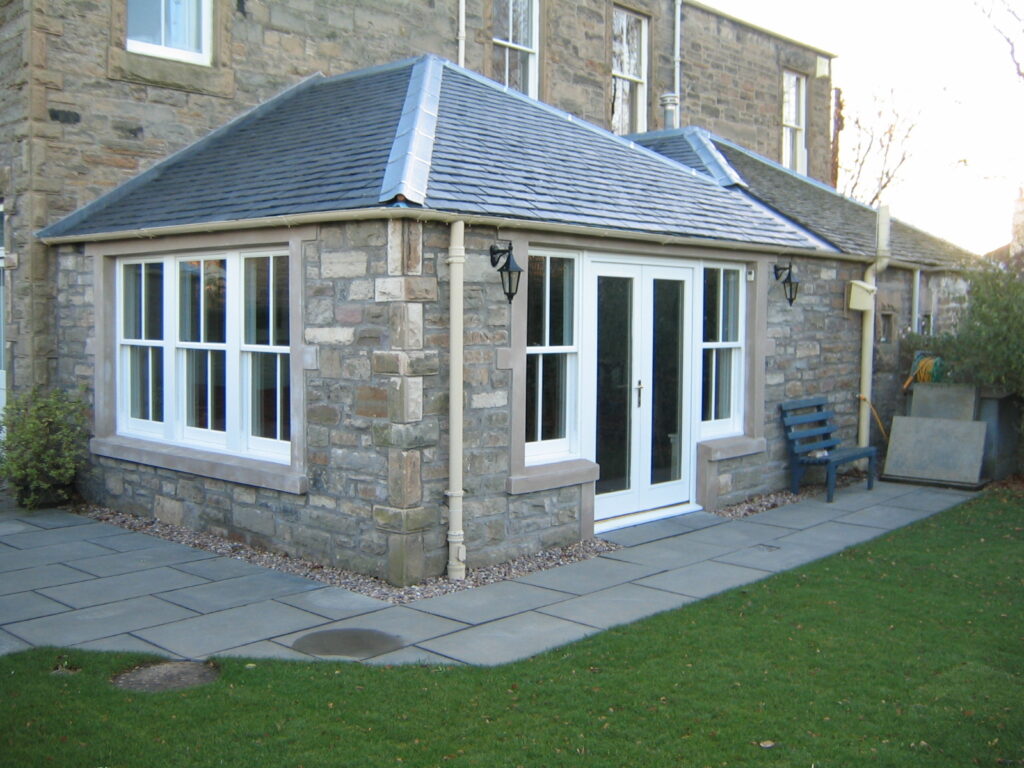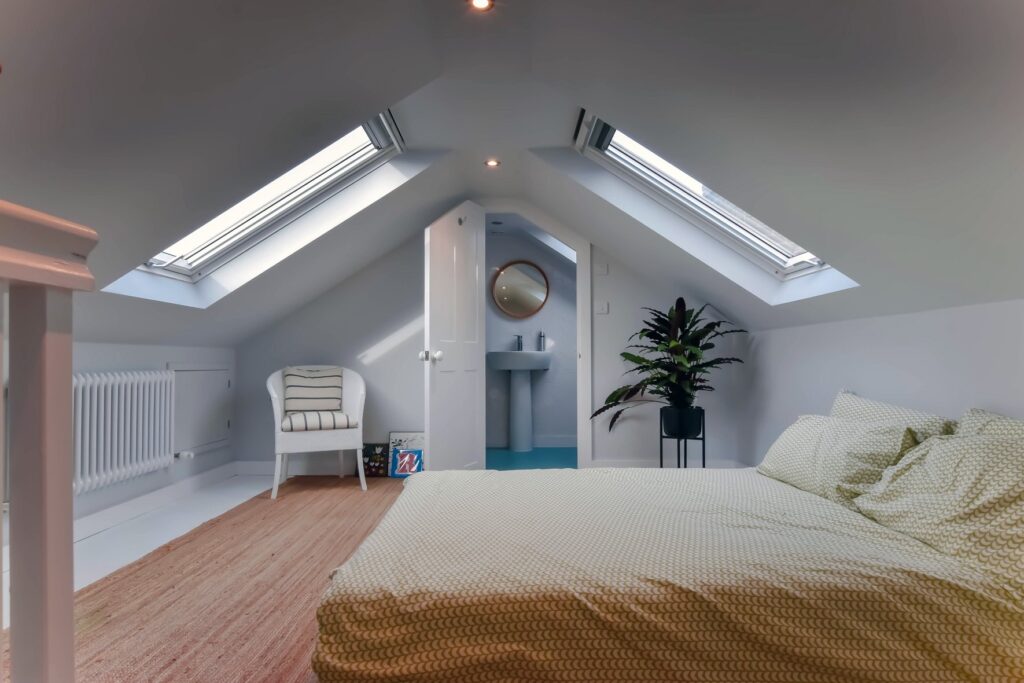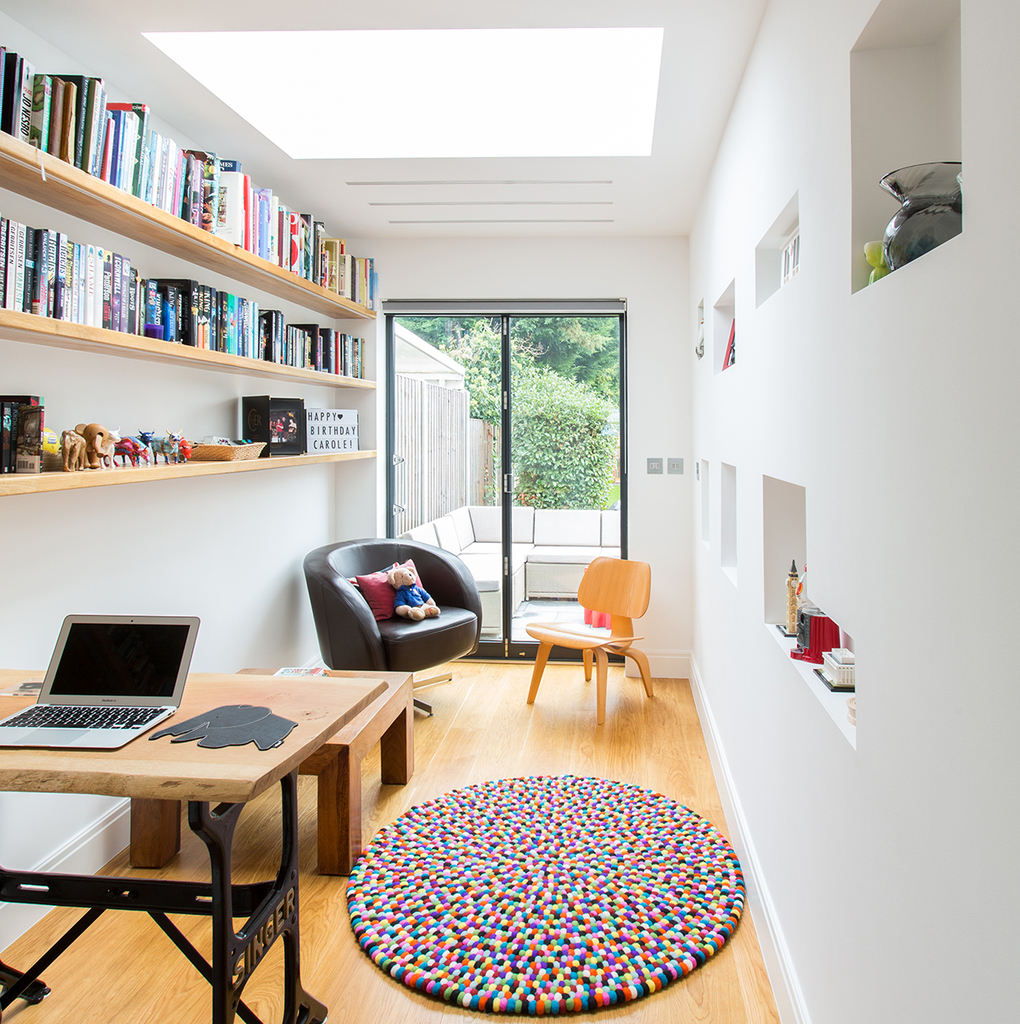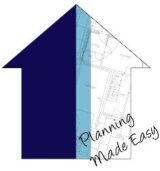Services

House Extentions
Most of us build extensions to our homes to meet changing family needs, or increase the value of our property. We are experienced in the design of extensions, both small and large and can work with you to unlock your home’s potential…

Loft Conversions
Do you need an extra room in your home? Maybe you have a growing family and need an extra bedroom or playroom, maybe you are starting a business and need an office. There are endless reasons why you might need extra space…

Garage Conversations
Having a garage conversion can help you unlock the potential in your home, as garages today are seldom used for what they were originally designed for. A garage conversion is not only one of the most efficient ways to add space…
Further information
Planning permission drawings, also known as planning drawings or planning application drawings, are specific architectural plans and drawings that are prepared and submitted as part of the process to obtain planning permission for a proposed development or building project. These drawings are typically required by local planning authorities to assess the impact of the proposed development on the surrounding area and to ensure compliance with local planning policies and regulations.
The content and level of detail required in planning permission drawings may vary depending on the specific project and local requirements. However, some common elements included in these drawings are:
Site plan: This is an overview drawing showing the location of the proposed development within its surroundings. It typically includes property boundaries, adjacent buildings, access points, roads, and any other relevant features.
Floor plans: These drawings show the layout of each floor level of the proposed development. They indicate the dimensions, positioning of walls, doors, windows, and key internal features. Floor plans help planning authorities assess the use and functionality of spaces within the building.
Elevations: Elevations are drawings that depict the external façade of the building from different perspectives. They show the proposed design, external materials, fenestration (window and door arrangements), roof design, and other architectural features. Elevations help assess the visual impact of the proposed development on its surroundings and evaluate the overall design.
Sections: Section drawings provide a vertical cut through the building, showing the internal arrangement and relationship between different levels. They illustrate the height, scale, and overall form of the proposed development.
Contextual drawings: In some cases, contextual drawings may be required to illustrate the proposed development in relation to its existing surroundings. These can include site context drawings, showing the development within its immediate context, and street scenes or visualisations showing how the proposed development will fit into the existing streetscape.
It is important to note that planning permission drawings can be complex and require the expertise of an architect or architectural technician familiar with local planning regulations. These professionals ensure that the drawings accurately convey the proposed development and address any specific requirements or concerns of the planning authority.
Building control drawings and specification sheets are comprehensive documents that provide detailed information about the construction of a building. These documents are submitted to the local building control authority and are used to obtain building regulation approval, ensuring that the building is constructed safely and in compliance with relevant codes and regulations.
Structural Drawings: These drawings provide detailed information about the structural elements of the building, such as foundations, walls, columns, beams, and roof structures. They illustrate dimensions, materials, connection details, and any necessary calculations to ensure structural stability and integrity.
Electrical Layouts: These drawings show the electrical wiring, outlets, switches, lighting fixtures, and other electrical components within the building. They also indicate the locations of electrical panels, meters, emergency systems, and any other electrical installations required by building regulations.
Mechanical Drawings: These drawings illustrate the mechanical systems within the building, such as heating, ventilation, and air conditioning (HVAC) systems, plumbing layouts, fire protection systems, and any other mechanical installations that need to comply with building regulations.
Fire Safety Drawings: These drawings highlight the fire escape routes, signage, fire protection measures, and other fire safety features required by building regulations. They may include emergency lighting plans, fire alarm layouts, and smoke control systems.
Specification sheets complement the drawings by providing extensive written details and requirements for each aspect of the construction. They typically include:
Materials: Specification sheets list the materials required for construction, including their quality, grade, and specific characteristics. This may include details on structural materials, finishes, insulation, glazing, roofing, flooring, and more.
Construction Methods: Specification sheets outline the specific construction techniques and methods required for various elements of the building. This may include information on wall construction, roofing methods, waterproofing, piping installation, wiring procedures, and more.
Standards and Regulations: Specification sheets include references to the relevant building regulations, codes, and standards to be followed during construction. This ensures compliance with safety, accessibility, energy efficiency, and other regulatory requirements.
Performance Requirements: Specification sheets may include performance expectations for certain elements, such as acoustic isolation, thermal insulation, fire resistance, or structural load-bearing capabilities.
Building control drawings and specification sheets must be prepared by qualified architects, engineers, or other professionals with knowledge of local building regulations. These documents are essential for demonstrating compliance with building regulations and obtaining necessary approvals for construction.
Preparing and managing planning applications involves several steps: preliminary assessment to evaluate feasibility, design development, consulting with local authorities, submitting the application with required documents, managing the application process including responding to requests for information, the local planning authority making a decision on the application, and post-decision management if approval is granted. The process varies depending on jurisdiction and regulations. It is advisable to work with a planning consultant or architect for guidance throughout the process.
Preparing and managing building regulation applications involves assessing the project, preparing documentation, submitting the application, undergoing review and consultation, obtaining approval with potential conditions, conducting inspections during construction, and obtaining a completion certificate. The specific steps and requirements may vary depending on the jurisdiction. Consulting with an expert in building regulations can help navigate the process and ensure compliance.
Retrospect planning applications.
House of multiple occupancy (HMO) applications and drawings for landlords.
Change of use planning applications for both domestic and commercial buildings.
House Extensions
Garage Conversions
Conservatories
Orangeries
Granny annexes
Garden & Sunrooms
Loft Conversions
Domestic Alterations
New Builds
F.A.Q.
Most development – building, land engineering or mining operations and changes of use – requires planning permission. Some but not all minor development – including home extensions – are known as “Permitted Development” and do not need a formal application are but are subject to certain restrictions. Always check first with the Development Enquiry Centre. The demolition of dwellings, some small agricultural buildings and some special telecommunications development do not need permission but require notification.
Your application will go through five council stages:
- Booking in –Checks to make sure the correct information – location plan and drawings and fee – has been received.
- Publicity and consultation –Your application will appear on the weekly list published in libraries and on the Council website, a notice may be posted near the site and neighbours may be sent a letter seeking their views. They have 21 days to respond. Specialist comments may be obtained on highways and environmental matters – these can be vital considerations.
- Negotiations and amendments -All application sites are visited and then negotiations may take place with you or your agent to overcome any problems with your application.
- Making the decision – Senior officers make most decisions but some are made by Councillors at one of the three Plans Panels which each meet every four weeks. If your application goes to Plans Panel you may inspect the report on it five days before the meeting. You and any supporters or objectors may attend the meeting and make a short address. The Panel may decide to visit site or ask officers to negotiate further before a final decision is made.
- The decision -We will send out your Decision Notice on the day that the decision is made. It will set out the reasons for approval or refusal of the application and, if permission has been granted, any conditions with which you have to comply.
Minor changes can be made but must only be very small and must not change your permission in any significant way. You should complete the Non Material Amendments application form and submit it with the revised drawings (with the changes highlighted). A fee is payable. If you wish to make more significant changes or to amend or remove a condition, you will have to make a further planning application.
In addition to planning approval you may need other permissions such as building regulations approval. You may also have to gain other consents, for example a variation to the deeds of your property. You are advised to check any such requirements before you start work.
Full Planning Permission normally lasts three years. Outline Planning Permission only approves the principle of the development . The remaining details – known as “Reserved Matters” have to be approved before you can start any development. It normally expires after three years from the date of approval or two years after approval of reserved matters. Reserved matters must be submitted within three years.
